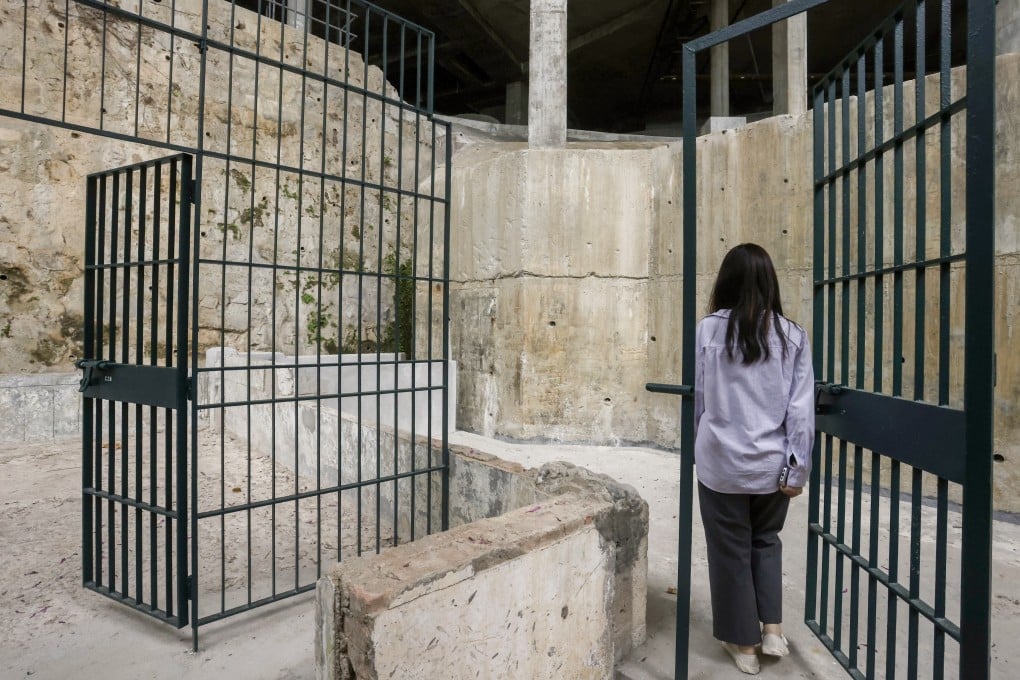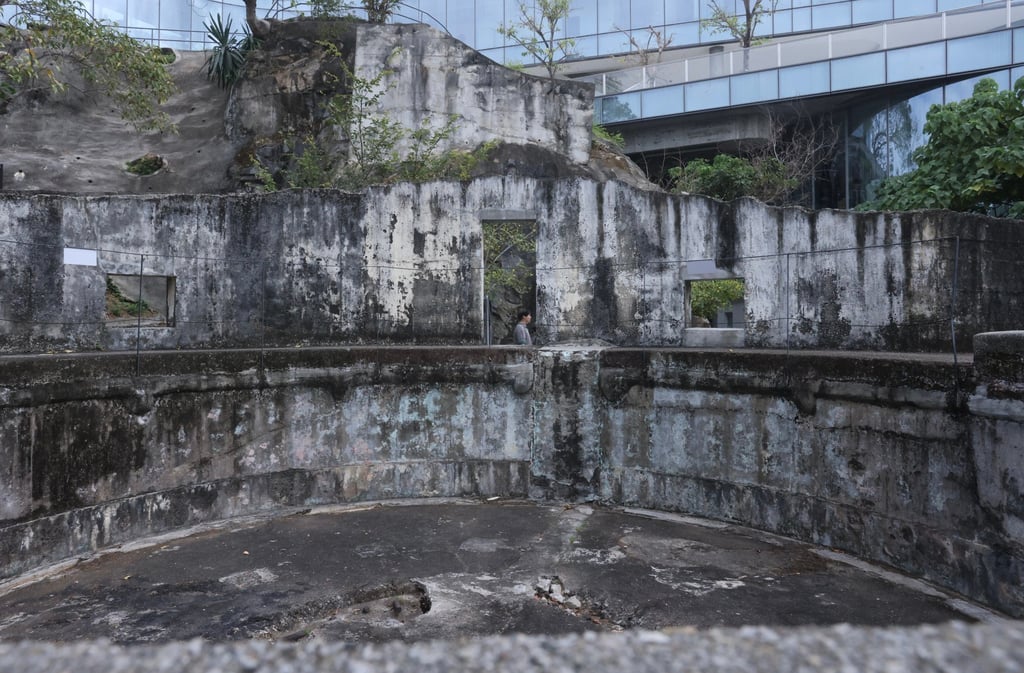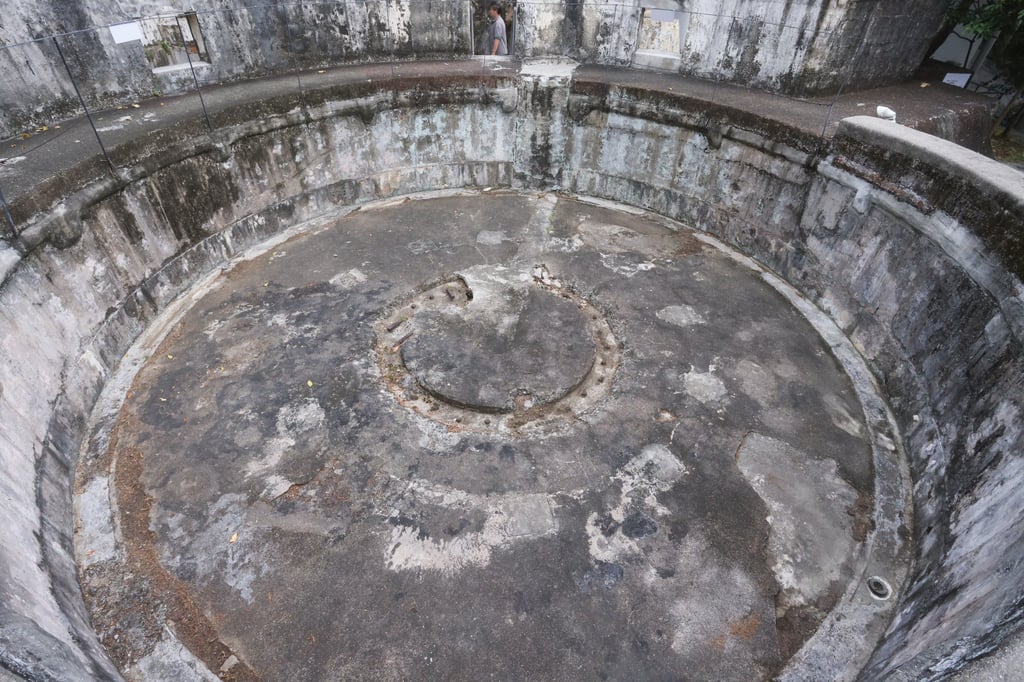How a Hong Kong university campus reveals a darker past of war and imprisonment
- The University of Chicago’s Hong Kong campus tells the story of the city’s wartime defeat to the Japanese and of its buildings’ subsequent occupants: prisoners

Travelling along Victoria Road by Mount Davis in Sai Wan is a treat for the eyes. The road’s proximity to the sea and a rare absence of high-rises by the coast offer a view of Victoria Harbour that feels boundless.
The University of Chicago’s Hong Kong campus, which opened in 2018, is a perfect spot to take in the view of rolling waves. But don’t let the tranquillity fool you. Just over 80 years ago, this is where the imperial Japanese and the British colonial armies fought one of the earliest battles of the Pacific war, on the same day as the attack on Pearl Harbour.
The location has since witnessed the transformation of Hong Kong. From 1951 to 1961, it was home to the British Royal Engineers. Then, until the 1990s, it housed the notorious Victoria Road Detention Centre. After the handover, in 1997, the site was left unoccupied.
The site’s story began in the 1930s, when the British colonial government built a battery here, named the Jubilee Battery, in anticipation of the looming war with the Japanese.


When the battery was finally used in 1941, the Republic of China under the Kuomintang had already been fighting the Japanese for four years in the second Sino-Japanese war.
